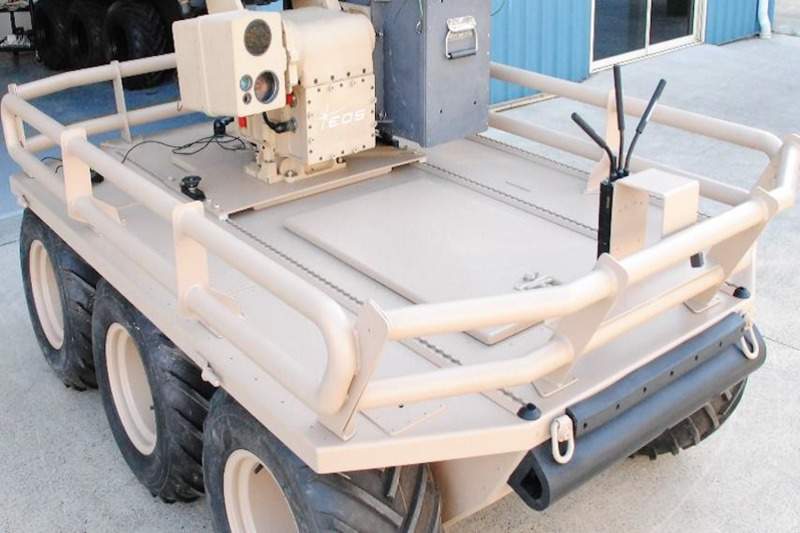
The British Army is set to launch the Autonomous Warrior, the 2018 Army Warfighting Experiment, on 12 November.
Autonomous Warrior 2018 will help enhance the technology and military capability of the UK Army in land environments.
As part of the experiment, the army will test the autonomous last mile resupply, which ensures that the soldiers receive food, fuel and ammunition. The ‘last mile’ represents the extremely dangerous final approach to the combat zone.
The four-week Autonomous Warrior exercise will also examine and evaluate a number of unmanned aerial and ground cargo vehicle prototypes, which aim to reduce the danger to soldiers during combat.
The exercise will help provide the vehicles with additional surveillance capabilities, which will significantly improve the effectiveness of long-range and precision targeting by service personnel.
The soldiers will also test and assess the effectiveness of robotic and autonomous systems (RAS) on the battlefield.
A Battlegroup from 1 Armed Infantry brigade, which will provide the exercising troops, will assume the command and control during the exercise.
UK Armed Forces Minister Mark Lancaster said: “Our Armed Forces continue to push the limits of innovative warfare to ensure that we stay ahead of any adversaries or threats faced on the battlefield.
“Autonomous Warrior sets an ambitious vision for army operations in the 21st century as we integrate drones, unmanned vehicles and personnel into a world-class force for decades to come.”
The army warfighting exercise is the result of a large collaboration between the British Army, Royal Navy, Royal Air Force (RAF), UK Ministry of Defence (M0D), Defence Science and Technology Laboratory (Dstl) and the US Army, as well as approximately 50 industry participants.



